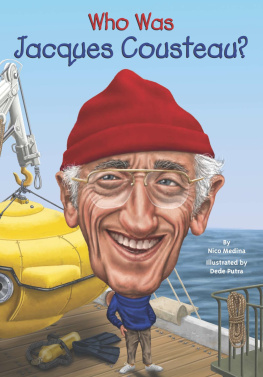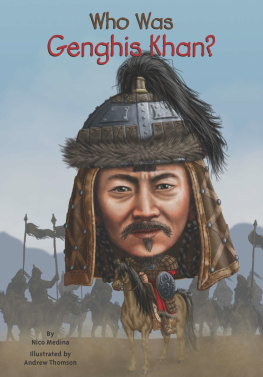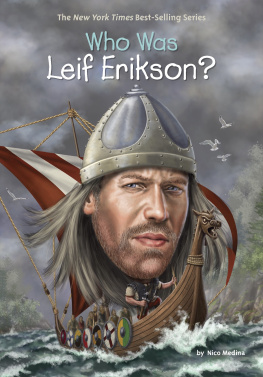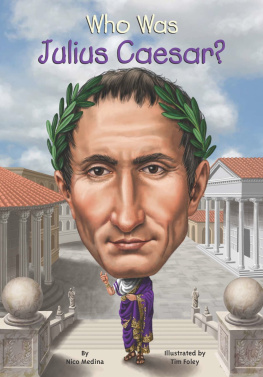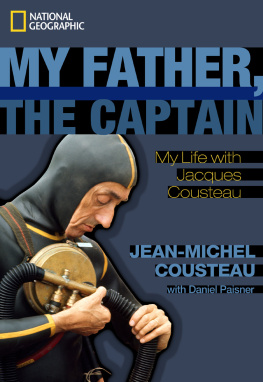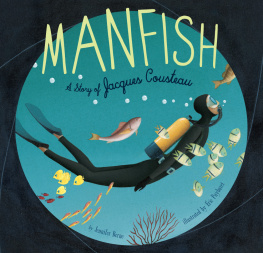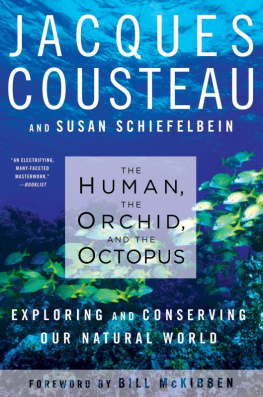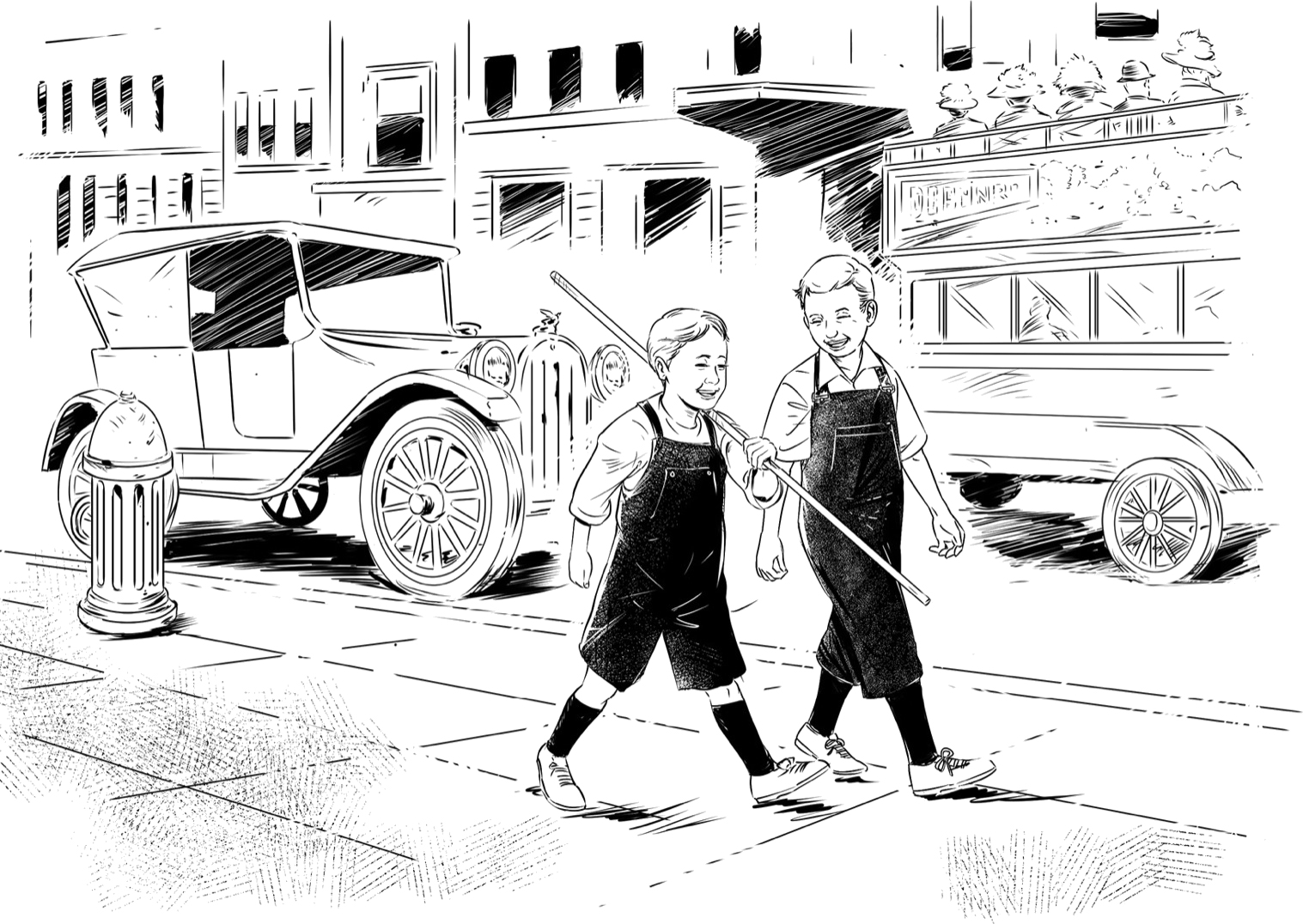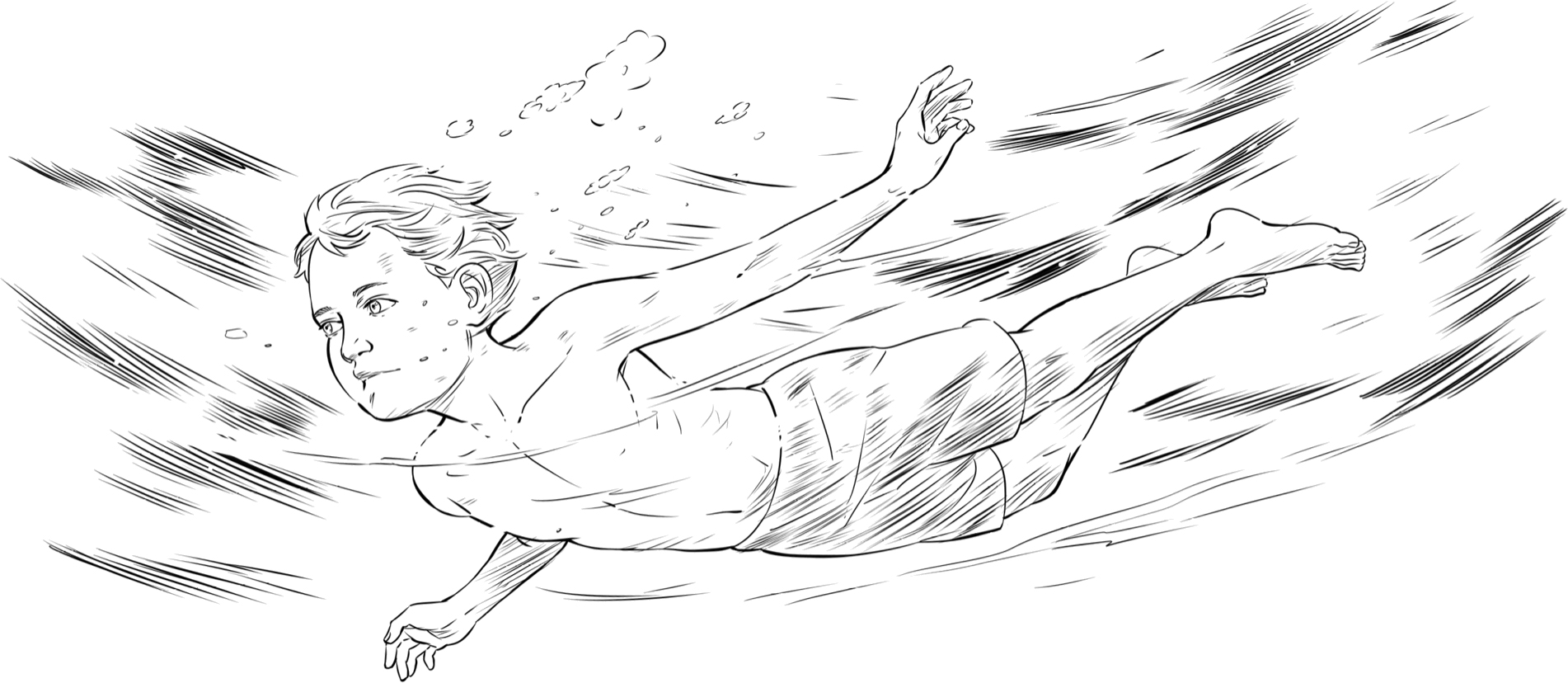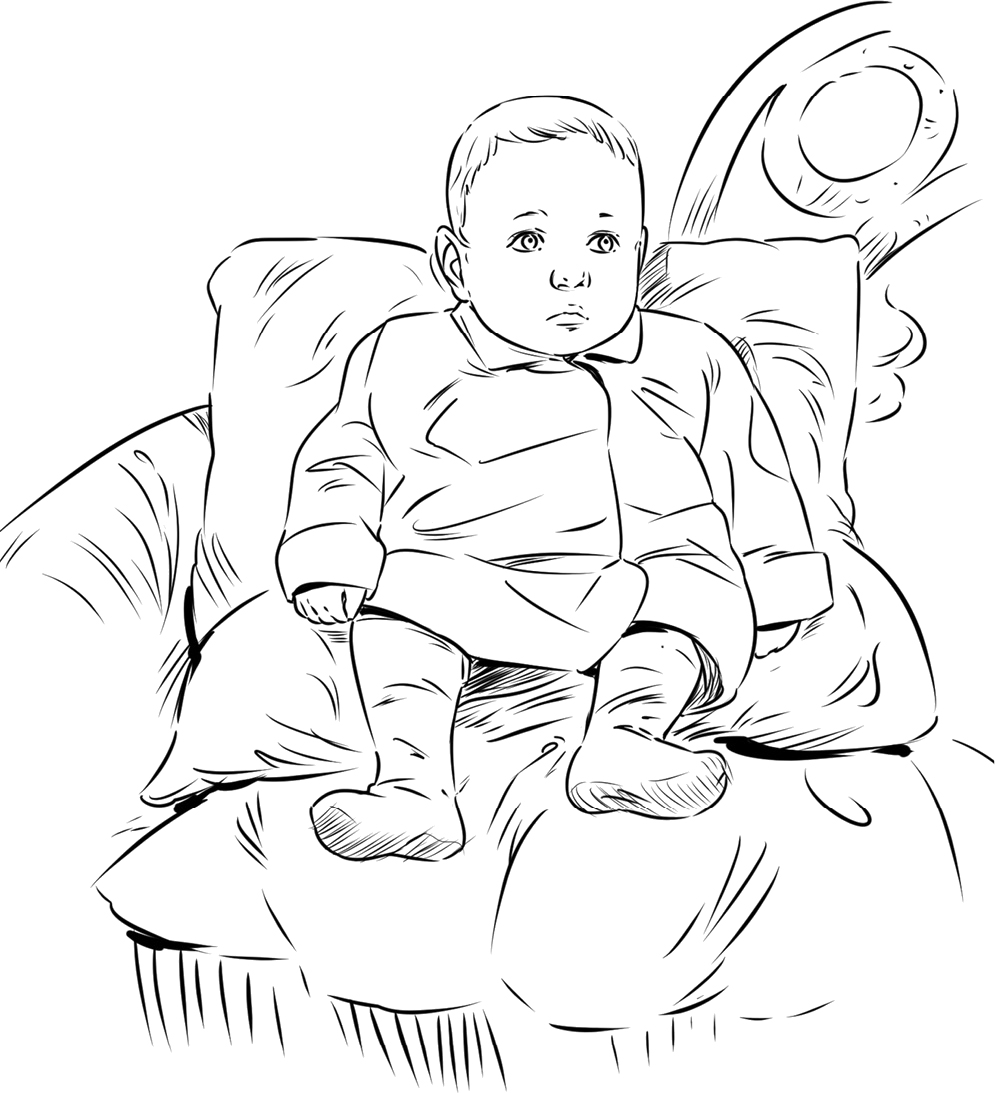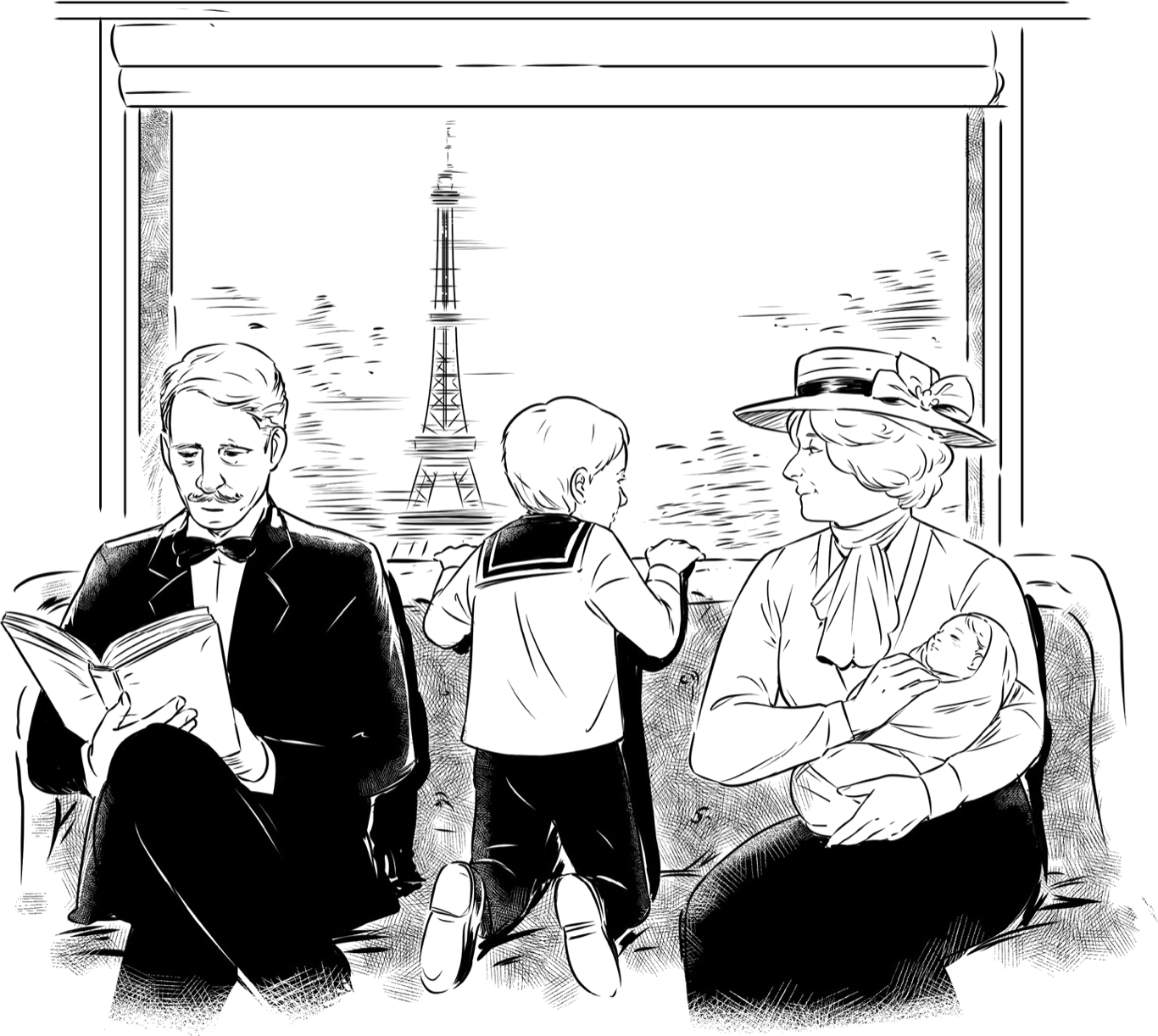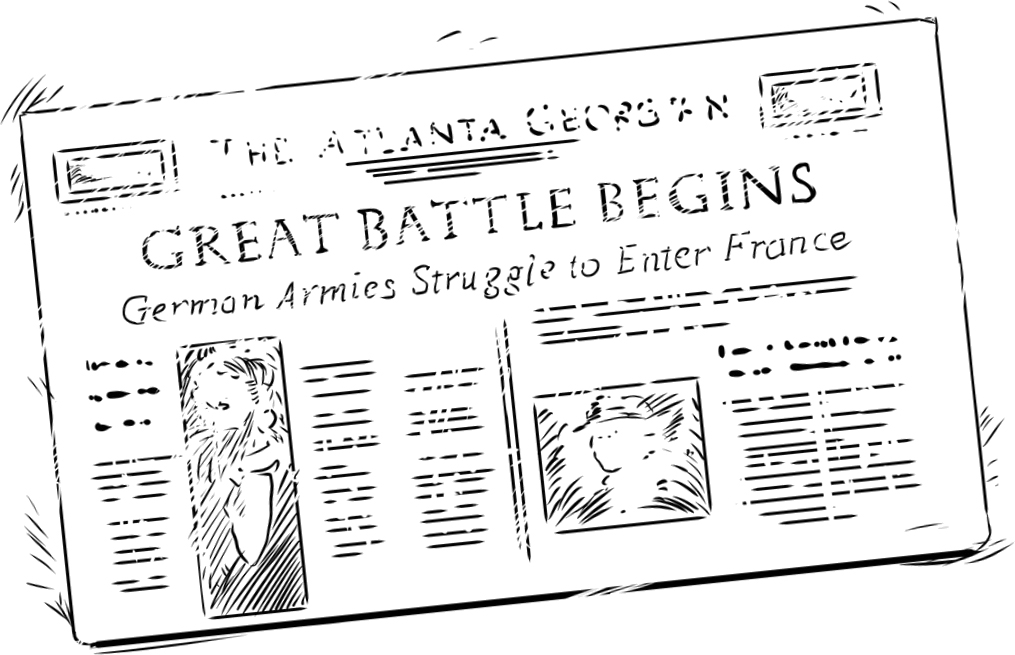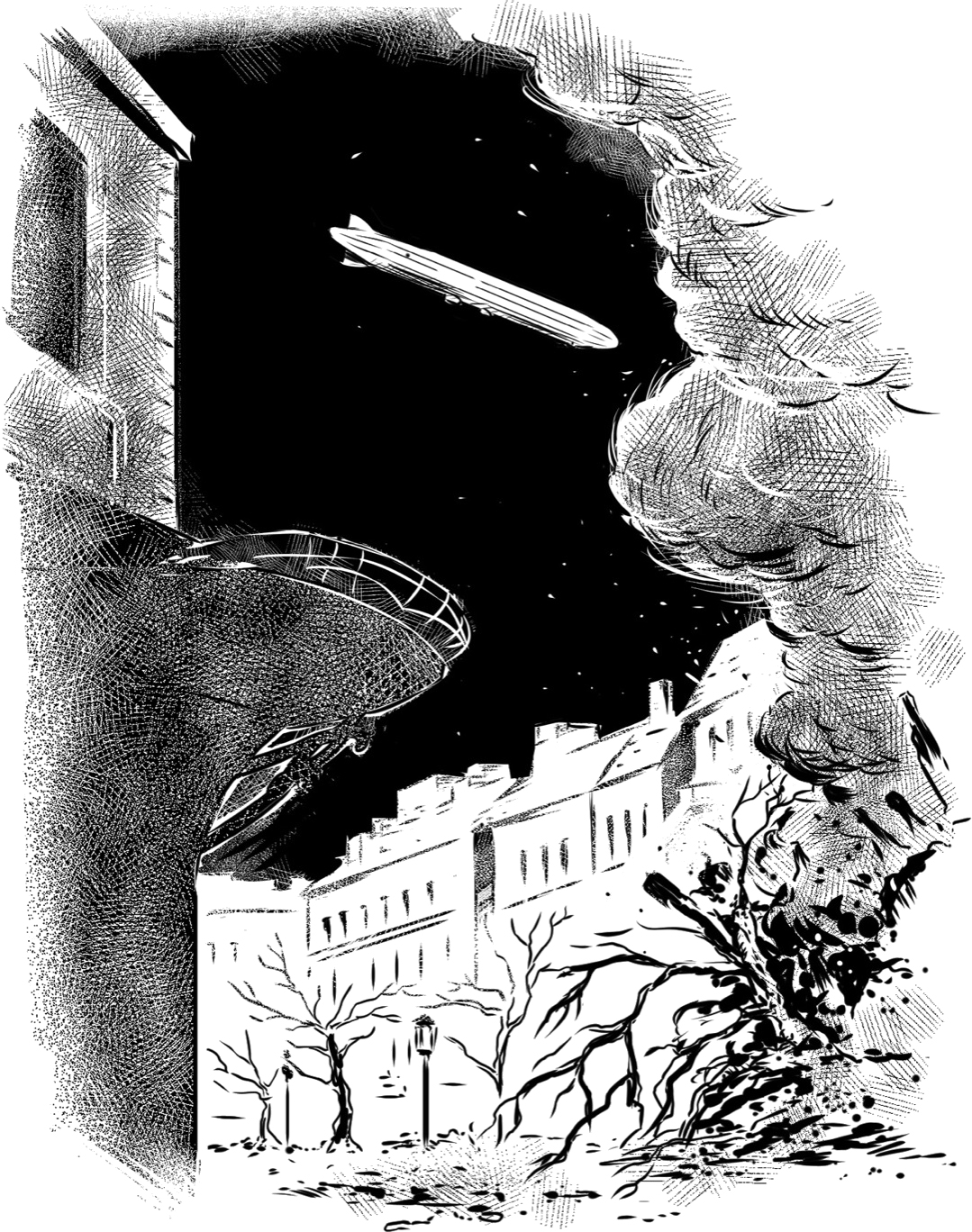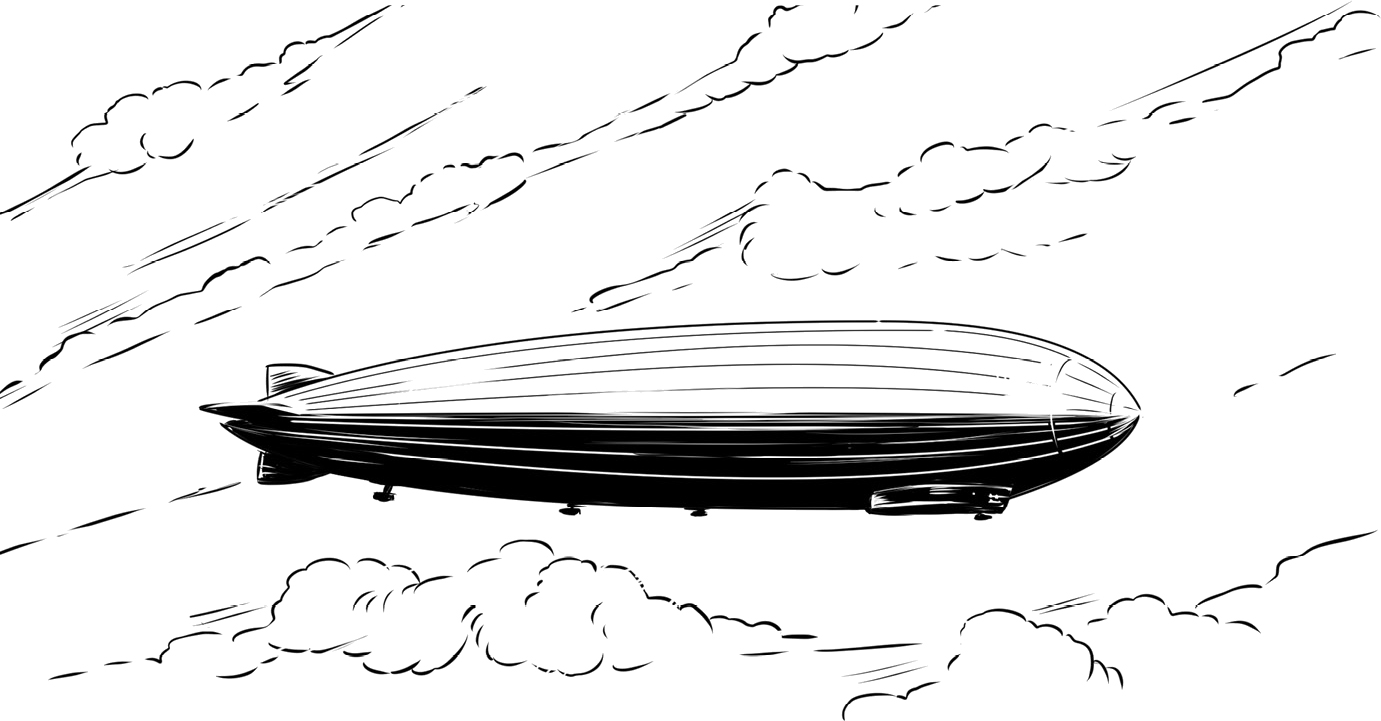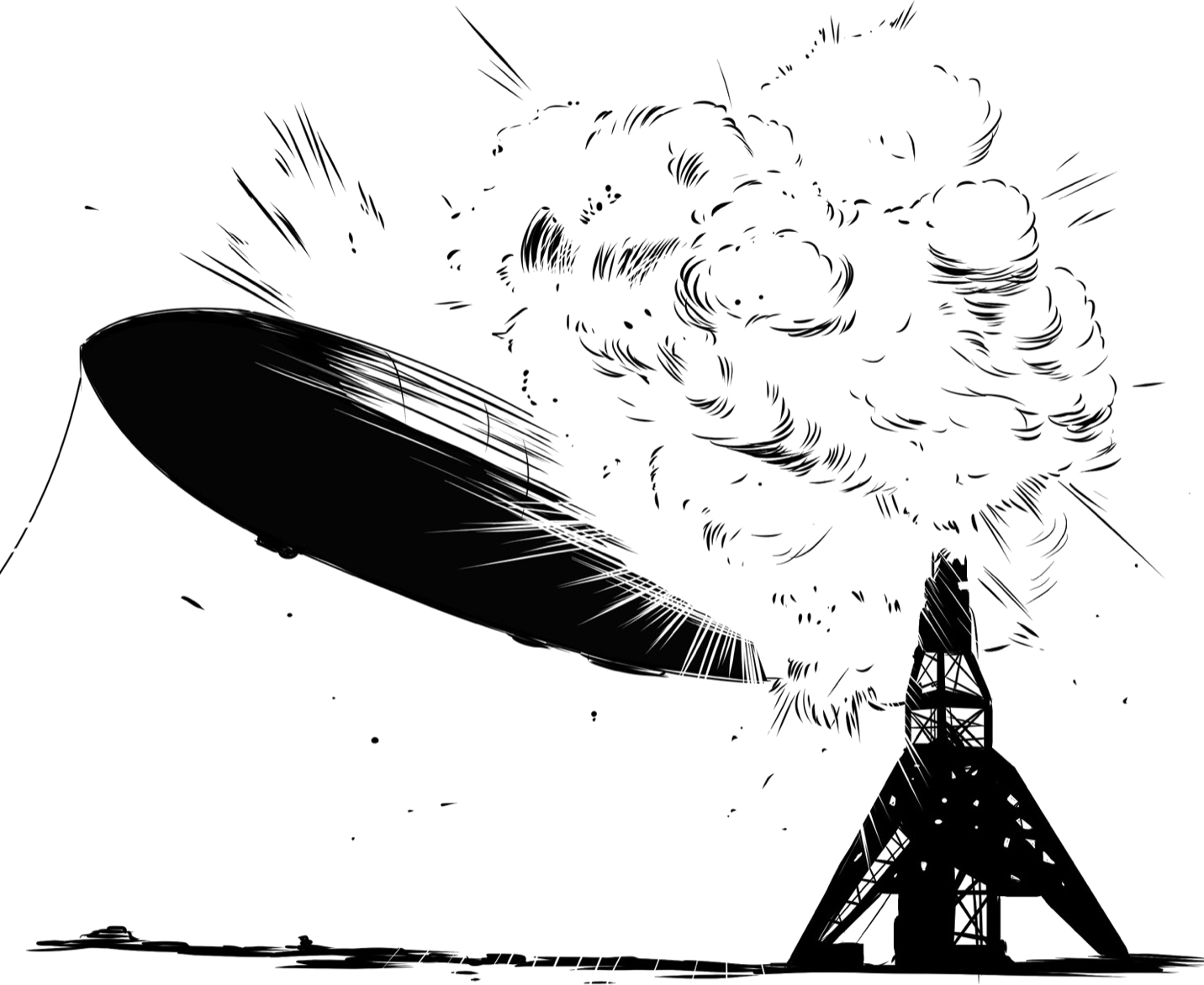USA | Canada | UK | Ireland | Australia | New Zealand | India | South Africa | China
Penguin supports copyright. Copyright fuels creativity, encourages diverse voices, promotes free speech, and creates a vibrant culture. Thank you for buying an authorized edition of this book and for complying with copyright laws by not reproducing, scanning, or distributing any part of it in any form without permission. You are supporting writers and allowing Penguin to continue to publish books for every reader.
Text copyright 2015 by Nico Medina. Illustrations copyright 2015 by Penguin Group (USA) LLC. All rights reserved. Published by Grosset & Dunlap, a division of Penguin Young Readers Group, 345 Hudson Street, New York, New York 10014. GROSSET & DUNLAP is a trademark of Penguin Group (USA) LLC.
Who Was Jacques Cousteau?
In 1920, ten-year-old Jacques Cousteau and his family were living in New York City.
Jacques and his older brother, Pierre-Antoine, liked playing stickball in the street outside their apartment on West Ninety-Fifth Street.
But besides stickball, Jacques was not a sports fan. He was skinny and sickly, and shy around other kids. Pierre-Antoine was his best friend.
That summer, the brothers were sent away to camp in Vermont. One day, while horseback riding, Jacquess horse threw him to the ground. Jacques refused to ride for the rest of the summer.
Jacques was sent to the lake and ordered to remove leaves and branches from the water so the other boys could have a clean swimming space.
This so-called punishment would change Jacquess life forever.
Jacques dived to the bottom of the lake and opened his eyes, hoping to see the underwater world around him. But the water was too muddy. It stung his eyes, and he could barely see past his own two hands.
Regardless, Jacques wanted to linger beneath the surface. He held his breath for as long as he could.
He even tried breathing through a hollow reed (a long, sturdy piece of grass), but that didnt work very well.
Jacques felt free swimming in the water. He welcomed the opportunity to visit the lake every day that summer.
As an adult, Jacques pioneered new techniques for diving, breathing, filming, and even living underwater. He outgrew his shyness to become a worldwide celebrity, best-selling author, Oscar-winning moviemaker, and television star who brought breathtaking images of ocean life to millions of people the world over.
Chapter 1
On the Move
On June 11, 1910, in a small French market town fifty miles from the Atlantic coast, Jacques Cousteau was born. (Say his name like this: ZHOCK koo-STOW.)
Soon after, Jacquess parents, Daniel and Elizabeth, and older brother, Pierre-Antoine, returned to their home in Paris.
Daniel was an attorney and personal assistant to an American millionaire living there. His job required him to travel with his boss constantly. The Cousteaus were on the move for much of Jacquess early years. One of his first childhood memories was being rocked to sleep on a train.
Although Jacques was weak and often ill, he was determined. On a family trip to Deauville, a fashionable seaside resort, Jacques learned to swim. He was only four.
When World War I broke out in 1914, German soldiers invaded France. Daniels boss returned to America. Jacquess father was out of a job.
German forces surrounded the city. But the Parisianswith help from their British alliesfought back. Hundreds of taxicabs drove back and forth between the city and the front lines, delivering soldiers and supplies.
The French government left Paris, moving Frances capital to the city of Bordeaux. The Germans never conquered Paris, but life in the city was difficult as the war raged on.
Food, water, and electricity were rationedpeople were allowed only a certain amount of each resource. German aircraft, called zeppelins, dropped bombs on the city.
ZEPPELINS
NAMED FOR THEIR INVENTOR, COUNT FERDINAND VON ZEPPELIN, THESE ENORMOUS AIRSHIPS WERE HUNDREDS OF FEET LONG. THEY FLEW HIGHER THAN MOST PLANES AT THE TIME. RESEMBLING LARGE BLIMPS, THEY WERE MADE OF HARD STEEL SKELETONS COVERED WITH FABRIC, WITH BAGS OF GAS INSIDE THE SKELETONS PROVIDING LIFT, AND ENGINES OUTSIDE THRUSTING THE SHIP FORWARD.
ZEPPELINS BOMBED LONDON AND PARIS THROUGHOUT WORLD WAR I. ALTHOUGH THEIR AIM WAS POOR, THEY COULD DROP MANY BOMBS IN A SHORT AMOUNT OF TIME.
AFTER THE WAR ENDED, ZEPPELINS WERE USED LIKE THE COMMERCIAL AIRPLANES OF TODAY, FLYING PEOPLE BACK AND FORTH ACROSS THE ATLANTIC. IN 1937, WHEN THE FIERY EXPLOSION OF THE HINDENBURG AIRSHIP IN NEW JERSEY KILLED THIRTY-SIX PEOPLE, THE AGE OF THE AIRSHIP QUICKLY CAME TO AN END.
When Jacques was seven, he and his family moved back to their village.
In the spring of 1918, the Germans made one final push toward Paris. This time, the Americans were there to help the French and the British. The Germans were pushed back once again. By the end of the year, a cease-fire was called. In 1919, the war formally ended.
After the war, Daniel got a job working for another American millionaire, Eugene Higgins. In 1920, the Cousteaus moved to New York City with Mr. Higgins. On the eight-day voyage across the Atlantic, ten-year-old Jacques began to come out of his shell. He made friends with the crew, and explored every corner of the huge ship.

